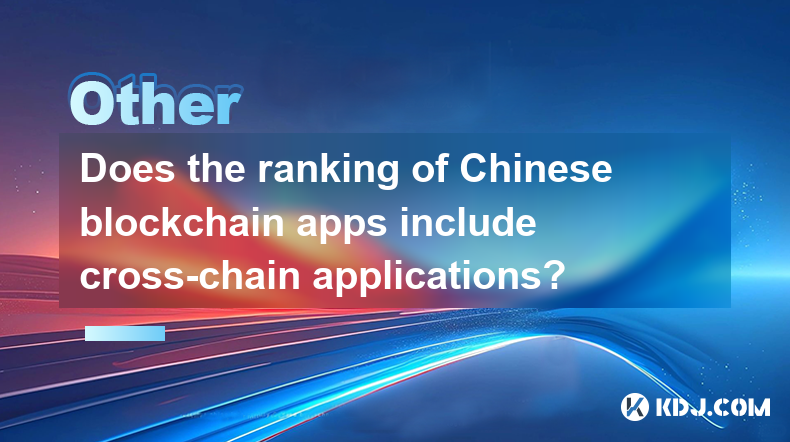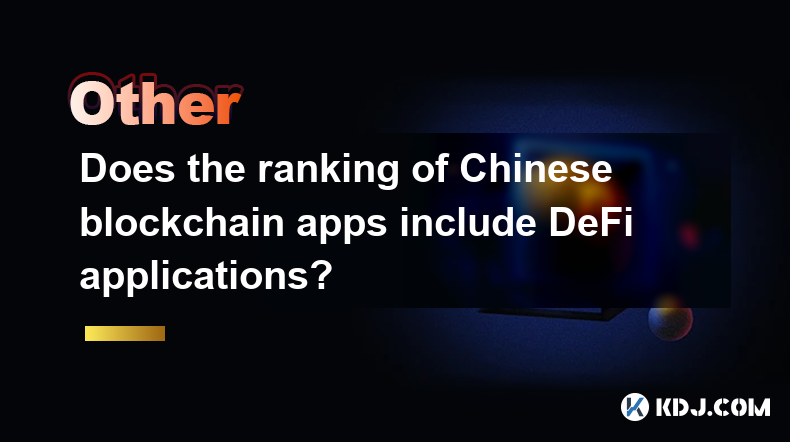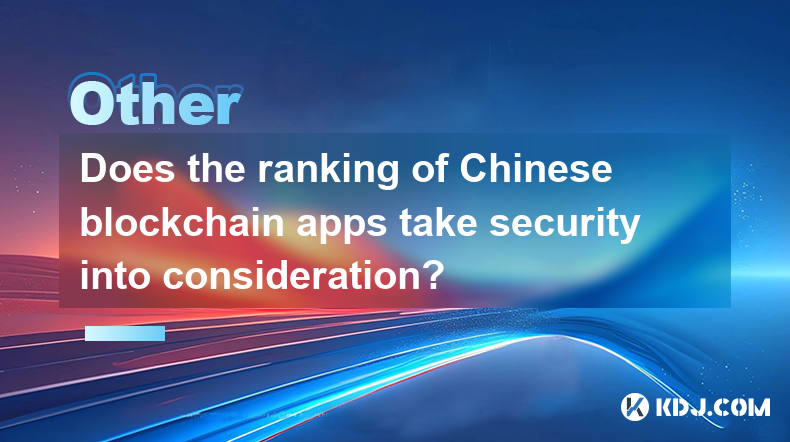-
 Bitcoin
Bitcoin $85,544.4640
1.15% -
 Ethereum
Ethereum $1,629.5364
-2.53% -
 Tether USDt
Tether USDt $1.0001
0.03% -
 XRP
XRP $2.1524
0.44% -
 BNB
BNB $587.9342
-0.41% -
 Solana
Solana $131.9587
-0.78% -
 USDC
USDC $1.0001
0.01% -
 Dogecoin
Dogecoin $0.1594
-3.09% -
 TRON
TRON $0.2484
-3.60% -
 Cardano
Cardano $0.6380
-0.73% -
 UNUS SED LEO
UNUS SED LEO $9.4289
0.39% -
 Avalanche
Avalanche $19.9231
-1.86% -
 Chainlink
Chainlink $12.5911
-3.05% -
 Stellar
Stellar $0.2415
-1.91% -
 Toncoin
Toncoin $2.9799
4.37% -
 Sui
Sui $2.1990
-4.91% -
 Shiba Inu
Shiba Inu $0.0...01192
-2.81% -
 Hedera
Hedera $0.1659
-1.76% -
 Bitcoin Cash
Bitcoin Cash $331.3375
-2.43% -
 Litecoin
Litecoin $77.5349
-0.41% -
 Polkadot
Polkadot $3.6501
-1.85% -
 Hyperliquid
Hyperliquid $16.2279
3.96% -
 Dai
Dai $0.9999
0.01% -
 Bitget Token
Bitget Token $4.3223
0.69% -
 Ethena USDe
Ethena USDe $0.9991
0.02% -
 Pi
Pi $0.6694
-11.13% -
 Monero
Monero $214.0228
2.64% -
 Uniswap
Uniswap $5.3836
-2.91% -
 OKB
OKB $52.3692
-1.27% -
 Pepe
Pepe $0.0...07302
-2.29%
How to achieve real-time data synchronization of blockchain?
Real-time data synchronization in blockchain ensures all nodes have the latest data, using consensus mechanisms, gossip protocols, state channels, and sharding for efficiency.
Apr 14, 2025 at 06:57 am

Achieving real-time data synchronization in blockchain is crucial for ensuring that all participants in the network have access to the most up-to-date information. This process involves multiple steps and technologies to ensure that data is transmitted and validated quickly and accurately across the network. In this article, we will explore the methods and technologies used to achieve real-time data synchronization in blockchain networks.
Understanding Blockchain Data Synchronization
Blockchain data synchronization refers to the process by which data is shared and updated across all nodes in a blockchain network. This ensures that every participant has a copy of the most current version of the blockchain. The challenge lies in achieving this synchronization in real-time, given the decentralized nature of blockchain systems.
Synchronization is vital for maintaining the integrity and security of the blockchain. If nodes have different versions of the blockchain, it could lead to inconsistencies and potential security vulnerabilities. Therefore, real-time synchronization is not just about speed; it's about maintaining the trustworthiness of the entire network.
Technologies Used for Real-Time Synchronization
Several technologies and protocols are employed to achieve real-time data synchronization in blockchain networks. Here are some of the most commonly used:
Consensus Mechanisms: These are protocols that ensure all nodes agree on the state of the blockchain. Examples include Proof of Work (PoW), Proof of Stake (PoS), and Delegated Proof of Stake (DPoS). Each consensus mechanism has its own method for achieving synchronization, with varying degrees of speed and efficiency.
Gossip Protocols: These are used to spread information quickly across the network. In a gossip protocol, nodes share information with a subset of other nodes, which then share it further, ensuring that data spreads rapidly across the network.
State Channels: These are off-chain solutions that allow for faster transaction processing and synchronization. By conducting transactions off-chain and then settling them on the blockchain, state channels can significantly reduce the time needed for synchronization.
Sharding: This involves dividing the blockchain into smaller pieces, or shards, each of which can process transactions independently. Sharding can help achieve faster synchronization by allowing different parts of the network to update simultaneously.
Implementing Real-Time Synchronization
To implement real-time data synchronization in a blockchain, several steps must be followed. Here’s a detailed look at the process:
Choose the Right Consensus Mechanism: The choice of consensus mechanism will greatly influence the speed and efficiency of synchronization. For example, PoS can be faster than PoW due to lower energy requirements and quicker validation times.
Optimize Network Communication: Efficient communication protocols are essential for real-time synchronization. Using technologies like gossip protocols can help ensure that data is disseminated quickly across the network.
Implement State Channels: For applications requiring high transaction speeds, implementing state channels can be beneficial. This involves setting up off-chain channels where transactions can be processed and then periodically settled on the blockchain.
Utilize Sharding: If the blockchain is large and processing many transactions, sharding can help by allowing different parts of the network to update independently. This requires careful planning and implementation to ensure that shards can be synchronized back into the main blockchain.
Regularly Update and Maintain the Network: Continuous monitoring and updates are necessary to ensure that the synchronization process remains efficient. This includes updating software, fixing bugs, and optimizing network performance.
Challenges in Real-Time Synchronization
Despite the availability of various technologies, achieving real-time data synchronization in blockchain networks comes with its own set of challenges:
Scalability: As the number of nodes in a blockchain network grows, achieving real-time synchronization becomes more complex. The network must be able to handle increased traffic without compromising on speed or accuracy.
Security: Ensuring that data synchronization does not introduce security vulnerabilities is crucial. Malicious actors could potentially exploit synchronization processes to disrupt the network or introduce false data.
Latency: Even with the best technologies, there will always be some level of latency in data transmission across a decentralized network. Minimizing this latency is a key challenge in achieving real-time synchronization.
Consistency: Ensuring that all nodes have the same version of the blockchain at any given time is challenging. Any discrepancies can lead to forks or other issues that can compromise the integrity of the network.
Case Studies of Real-Time Synchronization
Several blockchain projects have successfully implemented real-time data synchronization. Here are a few examples:
Ethereum 2.0: Ethereum's transition to Ethereum 2.0 involves implementing sharding to improve scalability and synchronization speed. By dividing the network into shards, Ethereum aims to process transactions more quickly and achieve real-time synchronization.
Hyperledger Fabric: This enterprise blockchain platform uses a modular architecture that allows for the implementation of various consensus mechanisms and communication protocols. Hyperledger Fabric can achieve real-time synchronization by optimizing its network communication and using state channels for faster transaction processing.
Corda: Developed by R3, Corda is designed for financial services and uses a unique approach to data synchronization. It employs a "notary" system to validate transactions and ensure that all parties have the same view of the ledger, achieving real-time synchronization.
Tools and Platforms for Synchronization
Several tools and platforms can help developers and organizations achieve real-time data synchronization in their blockchain networks:
Blockchain Platforms: Platforms like Ethereum, Hyperledger Fabric, and Corda offer built-in tools and features for synchronization. These platforms are designed to handle the complexities of blockchain synchronization and can be customized to meet specific needs.
Consensus Algorithms: Libraries and frameworks that implement various consensus algorithms can be integrated into blockchain networks to improve synchronization. Examples include Tendermint for PoS and Bitcoin's Nakamoto consensus for PoW.
Network Optimization Tools: Tools that help optimize network communication, such as those that implement gossip protocols or state channels, can be crucial for achieving real-time synchronization. These tools can help reduce latency and improve the efficiency of data transmission.
Monitoring and Analytics Platforms: Platforms that provide real-time monitoring and analytics of blockchain networks can help identify and resolve synchronization issues quickly. These tools can alert administrators to any discrepancies or delays in synchronization, allowing for timely intervention.
Frequently Asked Questions
Q: Can real-time synchronization be achieved in all types of blockchain networks?
A: Real-time synchronization can be achieved in most types of blockchain networks, but the effectiveness depends on the specific technologies and protocols used. Public blockchains like Bitcoin and Ethereum may face more challenges due to their decentralized nature and larger number of nodes, while private or consortium blockchains may find it easier to implement real-time synchronization due to more control over the network.
Q: How does real-time synchronization affect the security of a blockchain network?
A: Real-time synchronization can enhance the security of a blockchain network by ensuring that all nodes have the most current version of the blockchain, reducing the risk of forks or other inconsistencies. However, it also introduces new challenges, such as the need to protect against malicious actors who might try to exploit the synchronization process to introduce false data.
Q: Are there any trade-offs between real-time synchronization and other blockchain properties, such as decentralization or scalability?
A: Yes, there are often trade-offs between real-time synchronization and other blockchain properties. For example, achieving faster synchronization might require sacrificing some degree of decentralization, as more centralized control can lead to quicker data transmission. Similarly, scalability can be affected by the need to synchronize data across a larger number of nodes, which can introduce delays.
Q: How can developers test the effectiveness of real-time synchronization in their blockchain networks?
A: Developers can test the effectiveness of real-time synchronization using various tools and methods. They can use simulation software to model the behavior of their blockchain network under different conditions, conduct stress tests to see how the network handles increased traffic, and use monitoring and analytics platforms to track synchronization performance in real-time. Additionally, developers can set up testnets, which are separate blockchain networks used for testing purposes, to experiment with different synchronization strategies without affecting the main network.
Disclaimer:info@kdj.com
The information provided is not trading advice. kdj.com does not assume any responsibility for any investments made based on the information provided in this article. Cryptocurrencies are highly volatile and it is highly recommended that you invest with caution after thorough research!
If you believe that the content used on this website infringes your copyright, please contact us immediately (info@kdj.com) and we will delete it promptly.
- Ethereum (ETH) Price Prediction: ETH Up for Rally As Buying Signal Flashes
- 2025-04-15 18:00:12
- XRP Price Prediction: Technical Analysis and Market Momentum
- 2025-04-15 18:00:12
- Toncoin (TON) Is in the Spotlight as Several On-Chain and Technical Indicators Suggest a Possible Rally
- 2025-04-15 17:55:15
- MAGACOINFINANCE – Viral Momentum With Real ROI
- 2025-04-15 17:55:15
- When Peter Brandt speaks, the markets listen. This trading veteran, active since the 1970s, dropped a bombshell
- 2025-04-15 17:55:13
- KiloEx, a decentralized exchange (DEX) for trading perpetual futures, was hit by a sophisticated attack
- 2025-04-15 17:55:13
Related knowledge

Can the application of blockchain in supply chain finance bring benefits?
Apr 15,2025 at 04:00pm
Can the application of blockchain in supply chain finance bring benefits? The integration of blockchain technology into supply chain finance has garnered significant attention in the cryptocurrency and financial sectors. This article explores how blockchain can potentially revolutionize supply chain finance, detailing its benefits and providing a compre...

Does the ranking of Chinese blockchain apps include cross-chain applications?
Apr 14,2025 at 04:00pm
The ranking of Chinese blockchain apps is a comprehensive evaluation that takes into account various aspects such as user base, transaction volume, and technological innovation. A pertinent question arises regarding whether these rankings include cross-chain applications. Cross-chain applications, which allow different blockchain networks to interact an...

Does the ranking of Chinese blockchain apps include DeFi applications?
Apr 15,2025 at 06:57am
The ranking of Chinese blockchain apps is a comprehensive list that showcases the most popular and influential applications within the cryptocurrency ecosystem. One question that often arises is whether these rankings include DeFi applications. To answer this, we need to delve into the specifics of how these rankings are compiled and what types of appli...

Does the ranking of Chinese blockchain apps include enterprise-level applications?
Apr 15,2025 at 06:42am
The ranking of Chinese blockchain apps often includes a variety of applications, ranging from consumer-focused to enterprise-level solutions. Understanding the scope and criteria for these rankings is essential to determine if enterprise-level applications are included. This article delves into the specifics of how Chinese blockchain app rankings are co...

Does the ranking of Chinese blockchain apps include smart contract platforms?
Apr 15,2025 at 02:43pm
The ranking of Chinese blockchain apps often includes a wide variety of applications, and one of the most frequently asked questions is whether these rankings encompass smart contract platforms. To address this query comprehensively, it's essential to understand the composition of these rankings, the criteria used for evaluation, and the specific smart ...

Does the ranking of Chinese blockchain apps take security into consideration?
Apr 14,2025 at 05:00pm
The ranking of Chinese blockchain apps indeed takes security into consideration, as it is a crucial factor in the overall evaluation of these applications. Security is not only about protecting users' data and assets but also about ensuring the integrity and reliability of the blockchain network itself. In this article, we will delve into how security i...

Can the application of blockchain in supply chain finance bring benefits?
Apr 15,2025 at 04:00pm
Can the application of blockchain in supply chain finance bring benefits? The integration of blockchain technology into supply chain finance has garnered significant attention in the cryptocurrency and financial sectors. This article explores how blockchain can potentially revolutionize supply chain finance, detailing its benefits and providing a compre...

Does the ranking of Chinese blockchain apps include cross-chain applications?
Apr 14,2025 at 04:00pm
The ranking of Chinese blockchain apps is a comprehensive evaluation that takes into account various aspects such as user base, transaction volume, and technological innovation. A pertinent question arises regarding whether these rankings include cross-chain applications. Cross-chain applications, which allow different blockchain networks to interact an...

Does the ranking of Chinese blockchain apps include DeFi applications?
Apr 15,2025 at 06:57am
The ranking of Chinese blockchain apps is a comprehensive list that showcases the most popular and influential applications within the cryptocurrency ecosystem. One question that often arises is whether these rankings include DeFi applications. To answer this, we need to delve into the specifics of how these rankings are compiled and what types of appli...

Does the ranking of Chinese blockchain apps include enterprise-level applications?
Apr 15,2025 at 06:42am
The ranking of Chinese blockchain apps often includes a variety of applications, ranging from consumer-focused to enterprise-level solutions. Understanding the scope and criteria for these rankings is essential to determine if enterprise-level applications are included. This article delves into the specifics of how Chinese blockchain app rankings are co...

Does the ranking of Chinese blockchain apps include smart contract platforms?
Apr 15,2025 at 02:43pm
The ranking of Chinese blockchain apps often includes a wide variety of applications, and one of the most frequently asked questions is whether these rankings encompass smart contract platforms. To address this query comprehensively, it's essential to understand the composition of these rankings, the criteria used for evaluation, and the specific smart ...

Does the ranking of Chinese blockchain apps take security into consideration?
Apr 14,2025 at 05:00pm
The ranking of Chinese blockchain apps indeed takes security into consideration, as it is a crucial factor in the overall evaluation of these applications. Security is not only about protecting users' data and assets but also about ensuring the integrity and reliability of the blockchain network itself. In this article, we will delve into how security i...
See all articles























































































